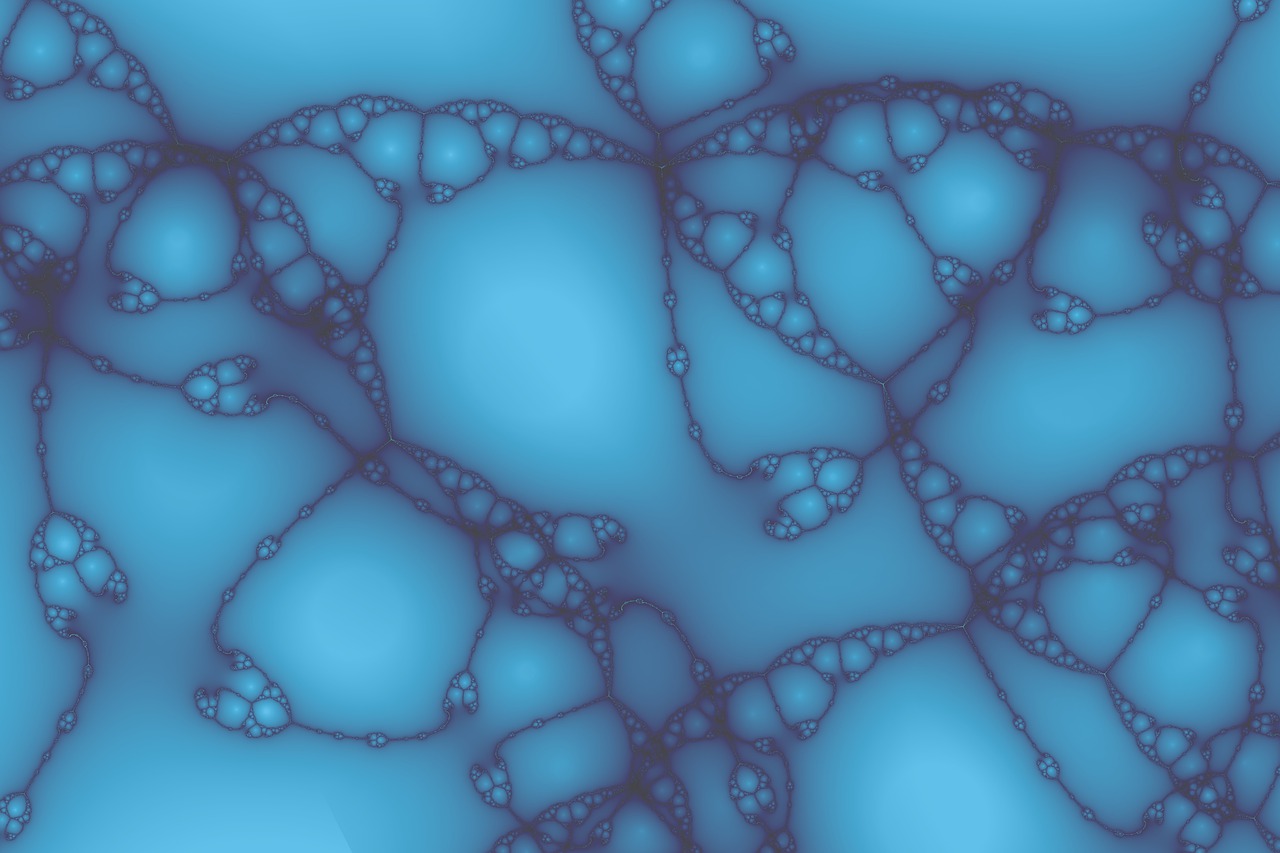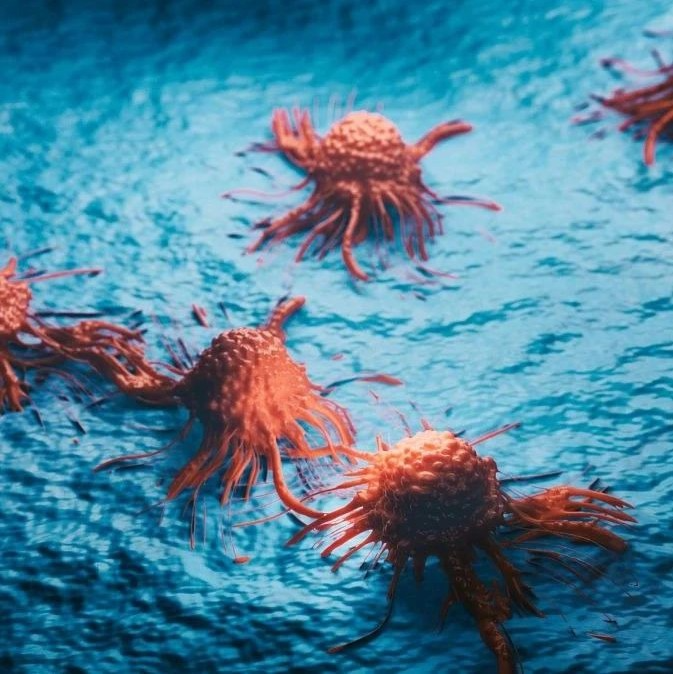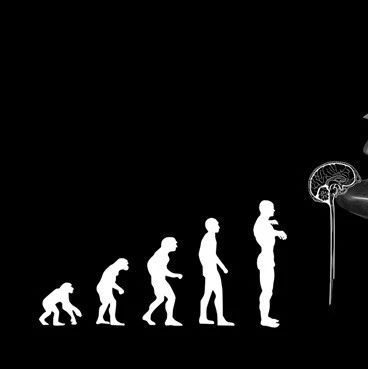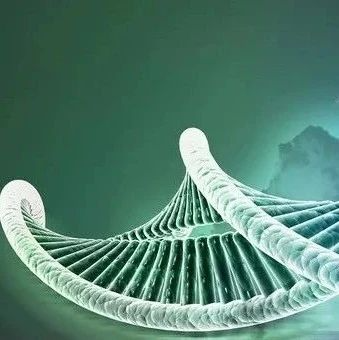为揭开人类表型多样性的奥妙,近日,中国科学院昆明动物研究所博士研究生吴东东与导师张亚平院士,系统分析了骨骼发育相关基因群的群体多态性,并与基因组中的其他基因进行比较,发现骨骼基因表现出很高的群体分化。他们的研究成果为了解现代人类形态分化的机制提供了重要线索。
据悉,直立行走是人类区别于猿类的重要特征,同时,现代人类也具有很高的表型多样性,这些形态的差异很大部分是由骨骼系统塑造而成的。例如不同人群在体型、骨密度、脸型等方面都表现出巨大差异。但是,关于现代人类骨骼系统快速进化和相应的形态多样性形成的遗传机制目前尚不得而知。
从2009年起,吴东东与张亚平系统分析了非洲、欧洲和东亚人群的不同群体之间的群体差异程度。他们收集了100多个骨骼基因,与基因组中其他基因相比,骨骼基因表现出很高的群体分化。通过骨骼发育相关基因群的群体多态性,并与基因组中的其他基因进行比较,发现骨骼基因中的单核苷酸多态性位点(SNP位点)在非洲人群和非非洲人群(东亚和欧洲人群)之间表现出很高的群体分化特征。值得注意的是,这一特点在可能影响基因功能的非同义替代突变中尤为突出,但东亚和欧洲人群之间并没有表现出此现象。SNP位点有的分布在用来编码蛋白质的基因编码区,其中有的位点突变会导致氨基酸的改变,称为非同义替代突变。一般认为,非同义替代会导致蛋白质功能改变。有趣的是,骨骼基因中的高分化SNP在东亚人群和欧洲人群具有很高的衍生等位基因频率,但非洲人群中却没有。
该研究结果表明,很可能在人类走出非洲之后,骨骼基因在达尔文正选择作用的驱动下出现了功能变化,导致了人类骨骼系统的快速进化和相应的形态分化,以适应走出非洲后面临的新环境。目前,该研究成果已在国际学术期刊《人类分子遗传学》(Human Molecular Genetics)上在线发表。
更多阅读
《人类分子遗传学》发表论文摘要(英文)
Human Molecular Genetics Advance Access originally published online on March 16, 2010
Human Molecular Genetics 2010 19(12):2341-2346; doi:10.1093/hmg/ddq107
Positive selection drives population differentiation in the skeletal genes in modern humans
Dong-Dong Wu1,3 and Ya-Ping Zhang1,2,*
1 State Key Laboratory of Genetic Resources and Evolution, Kunming Institute of Zoology, Chinese Academy of Sciences, Kunming 650223, China, 2 Laboratory for Conservation and Utilization of Bio-Resources, Yunnan University, Kunming 650091, China and 3 Graduate School of the Chinese Academy of Sciences, Beijing, China
Received January 20, 2010; Revised February 25, 2010; Accepted March 9, 2010
During the course of evolution, the human skeletal system has evolved rapidly leading to an incredible array of phenotypic diversity, including variations in height and bone mineral density. However, the genetic basis of this phenotypic diversity and the relatively rapid tempo of evolution have remained largely undocumented. Here, we discover that skeletal genes exhibit a significantly greater level of population differentiation among humans compared with other genes in the genome. The pattern is exceptionally evident at amino acid-altering sites within these genes. Divergence is greater between Africans and both Europeans and East Asians. In contrast, relatively weak differentiation is observed between Europeans and East Asians. SNPs with higher levels of differentiation have correspondingly higher derived allele frequencies in Europeans and East Asians. Thus, it appears that positive selection has operated on skeletal genes in the non-African populations and this may have been initiated with the human colonization of Eurasia. In conclusion, we provide genetic evidence supporting the rapid evolution of the human skeletal system and the associated diversity of phenotypes.







